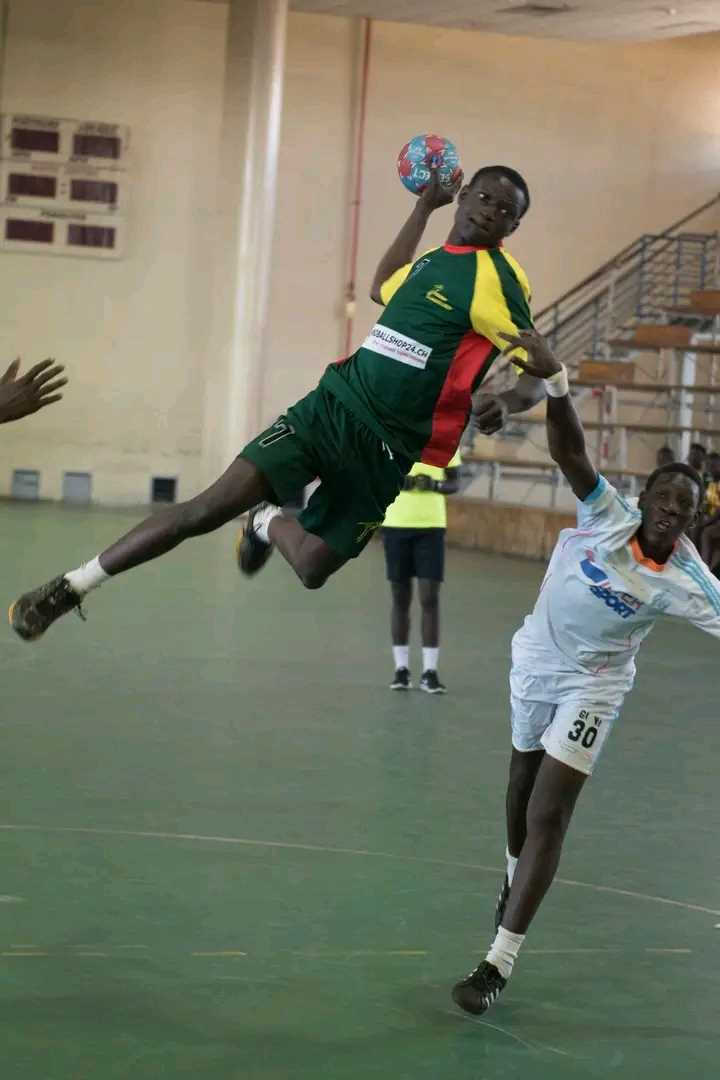
Patience Muchemwa- Senior Reporter
Zimbabwean handball holds significant untapped potential, yet it remains one of the most overlooked sports in the country.
While the game is growing in popularity—particularly at the school level—it continues to suffer from chronic neglect, minimal funding, and a lack of proper infrastructure and national structure.
This has left many promising players with no clear path to pursue the sport professionally.
Currently, the Zimbabwe Handball Federation operates largely on small donations, without consistent government or corporate sponsorship. This limited financial support has made it difficult to develop the sport beyond school competitions. Most players are introduced to handball during high school, especially in rural areas and high-density urban suburbs such as Mbare and Chitungwiza. However, once they leave school, the vast majority abandon the game due to the absence of a senior league or a professional pathway.
“There’s a lot of raw talent in our communities,” says Innocent Kanosvova, coach of the Zimbabwe men’s national handball team. “But after school, our players are lost to the game because there’s no national league or support system to keep them playing.”
According to Kanosvova, the country’s potential remains dormant not because of a lack of players, but due to a broken structure that fails to support them beyond their school years.
A handball coach from a local school, Farai Mukundu, echoes this concern. “There’s serious passion in schools,” he explains. “The problem is we’re producing athletes with nowhere to go. Without scholarships or clubs to absorb them after school, we lose great players every year.”
Mukundu believes that schools can play a critical role in national development if properly equipped and supported, suggesting that top-performing schools could be transformed into regional development hubs.
The ongoing IHF Trophy Zone VI Tournament, currently being hosted in Zimbabwe, has further highlighted the country’s heavy reliance on school-based talent. Compared to regional counterparts whose national teams feature players from established clubs, Zimbabwe’s squad is dominated by high school players. Only a handful come from structured clubs.
Related Stories
“When you watch Zimbabwe play, you can see the heart and skill, but it’s clear these are mostly school players,” noted a handball expert. “Other countries are fielding club-developed athletes with more tactical maturity and experience. Zimbabwe’s reliance on school talent alone shows just how urgently a national club system is needed.”
In addition to the lack of player pathways, handball in Zimbabwe faces other critical challenges. There is no established national league system to keep players active and competitive. Most training takes place on makeshift outdoor courts—usually shared with basketball—which are not ideal for the technical demands of the sport. Coaching also remains largely volunteer-based, with very few certified handball coaches in the country.
The same expert believes that the core problem lies in the absence of a sustainable system. “Until we create a system where players, coaches, and even referees can grow within the sport, we’ll keep stagnating,” they said.
Zimbabwe’s handball community has also failed to form formal partnerships with established handball nations like Egypt, Tunisia, or Angola—countries that have reaped the rewards of long-term investment and strategic development.
Despite these challenges, experts believe Zimbabwe can turn things around with a focused, realistic plan. Starting a small but structured national league with 8–12 teams for both men and women could provide much-needed continuity after school.
Schools that already perform well could be developed into academies, with scholarships offered to top players to encourage long-term commitment to the sport. Training for coaches, ideally in partnership with countries like Angola or Egypt, could raise the overall level of technical knowledge and professionalism in the local game.
Infrastructure improvements are also essential. Renovating at least five indoor courts for multi-purpose use—while setting a long-term goal of building a dedicated handball arena by 2030—could dramatically improve training and competition quality. National tournaments at U15, U18, and senior levels, along with increased participation in regional competitions, would give players regular exposure to higher levels of play. Promoting the sport through live-streaming, social media, and radio coverage would help build a fanbase and attract interest from sponsors.
International partnerships could also play a vital role. By working with the African Handball Confederation (CAHB) and European clubs, Zimbabwe could tap into valuable coaching, development programs, and funding opportunities.
As Coach Kanosvova puts it, “Zimbabwean handball is sleeping—it just needs structure and support. We don’t need millions. Just a clear system, small investments, and the game will grow.”
With strategic planning and a commitment to grassroots and league development, Zimbabwe has a real opportunity to emerge as a strong handball nation on the African continent.

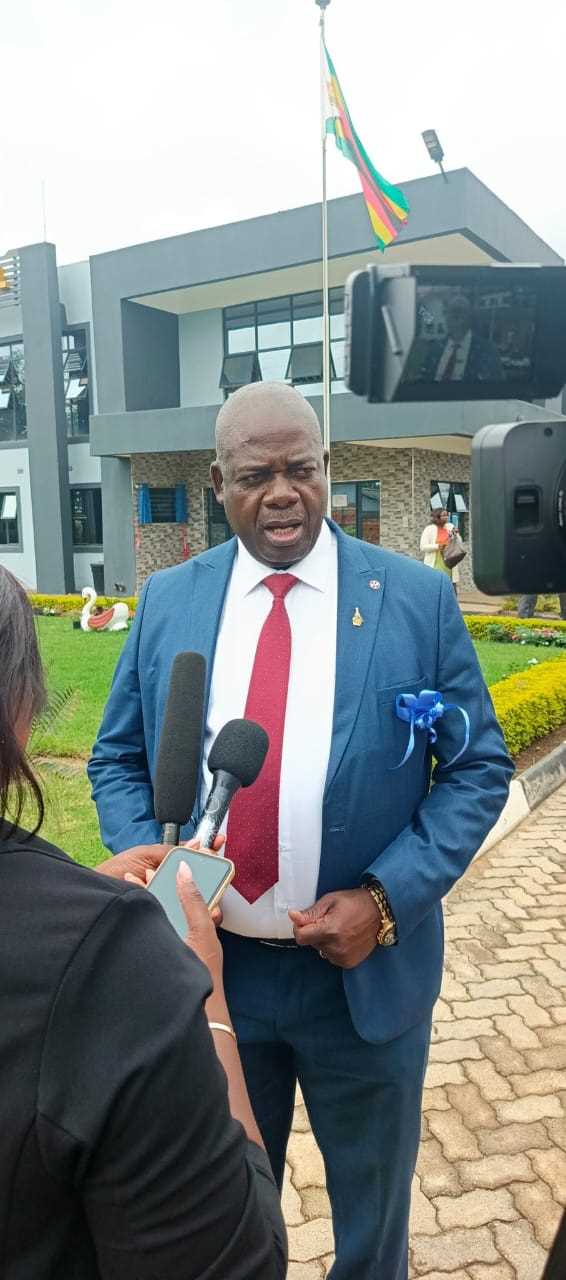
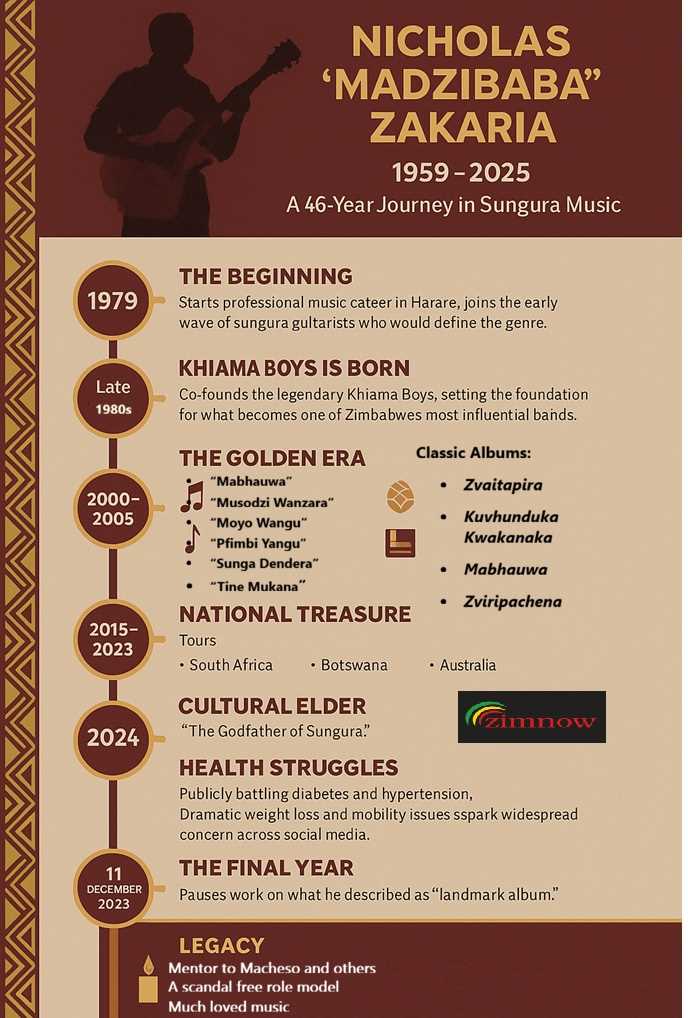


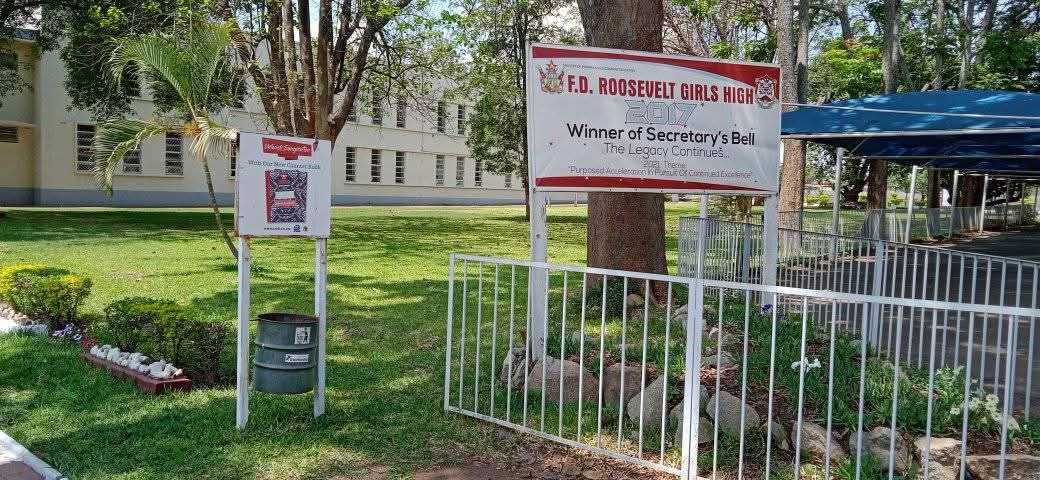






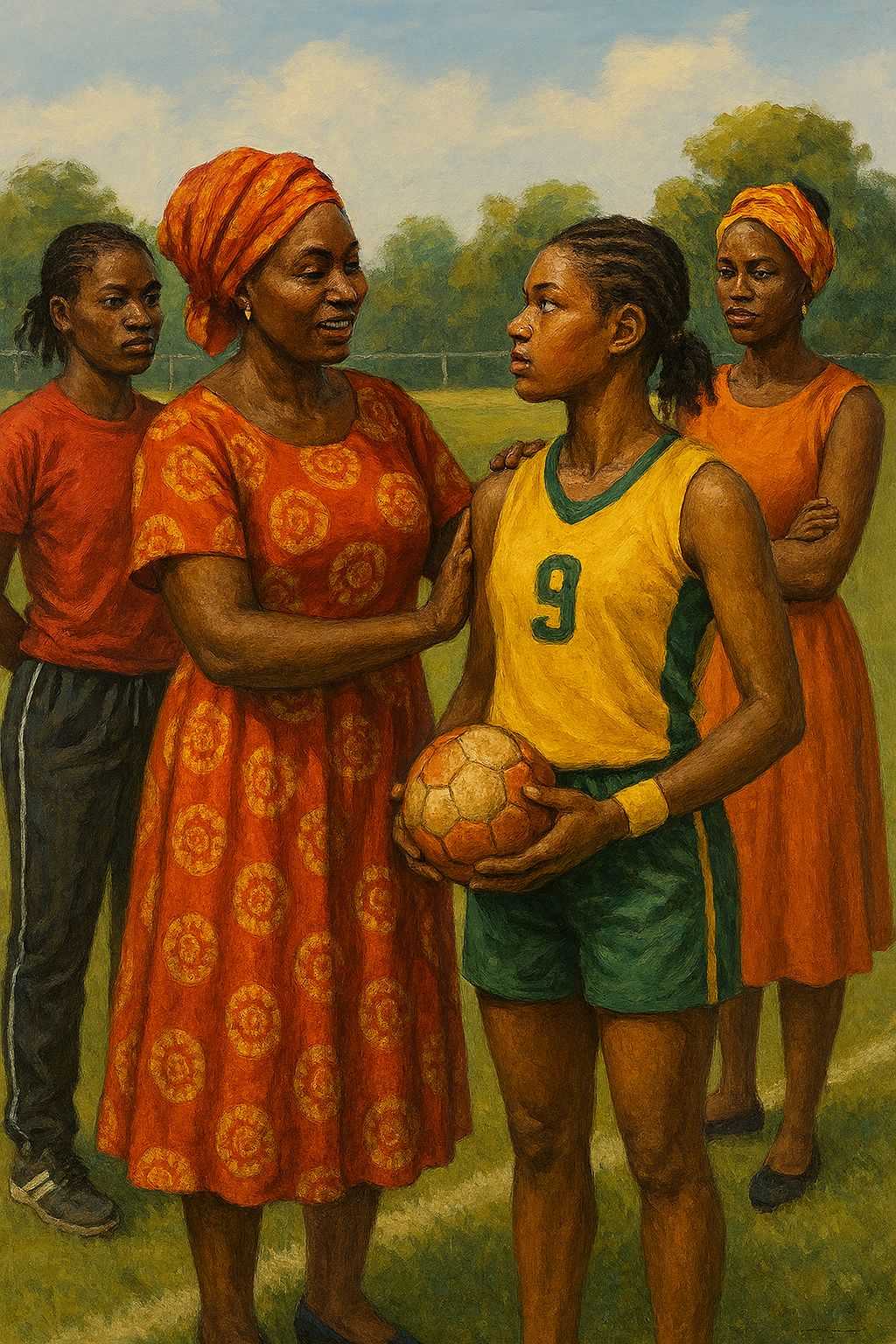


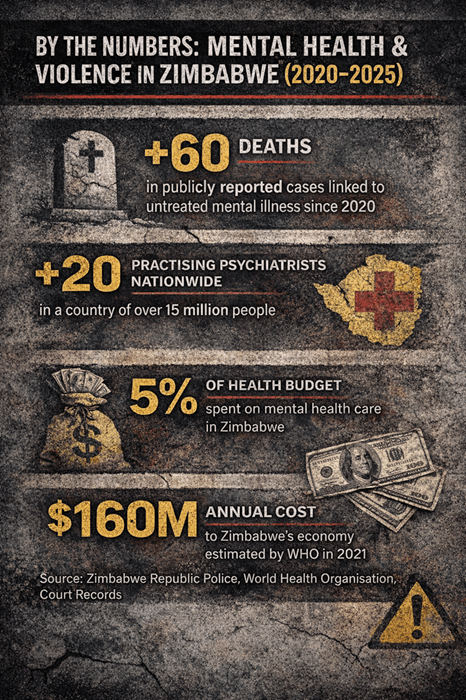




Leave Comments